The Stones of Odin had magical healing powers that the ancient Druid priests in Europe had used to help heal their people,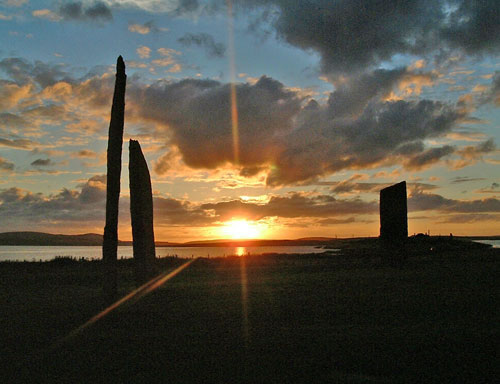 and cure their diseases. For this reason, they venerated these stones as gifts from God.
and cure their diseases. For this reason, they venerated these stones as gifts from God.
Ancient stories that speak of these stone’s incredible healing, and magical powers like the ones below, lead us to discover these truths that they have been telling us all along. In addition to these stories, there are also the many stone monuments that can be found almost everywhere in Europe, and other places around the world that would prove they had considered these stones sacred.
This wasn’t just any old stone, but a stone of the Gods, and what they had called in Old Germanic/Norse, “Helga Feli”,and in English, “Holy Rocks.” These ancient customs with these stones were prevalent all over Britain, Ireland, Scotland, in Scandinavia, as well as in Gaul. It seems that wherever the Phoenician (Hebrew) Druids had settled, you can be sure to find these magic holy stones.(1)
One of the most famous Stones of Odin was located at Stennis (Stenhouse), in the Orkney islands of Scotland that resemble Stonehenge, and that may in fact be older. The name “Stenness” derives from the Old Norse “Steinn-nes”, meaning “Stone Headland”.
Radio-carbon dates show that the site dates from at least 3100 BC. These are really massive standing stones that are thin slabs, approximately 300 mm (12 in) thick with sharply angled tops.
Four, up to about 5 m (16 ft) high, were originally elements of a stone circle of up to 12 stones, laid out in an ellipse about 32 m (105 ft) diameter on a levelled platform of 44 m (144 ft) diameter surrounded by a ditch.(wikipedia)
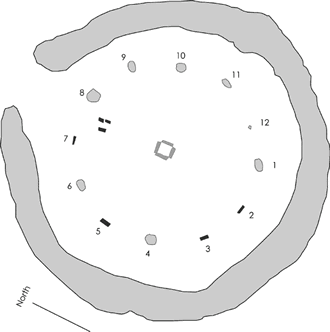
One of the stones here was known as the Odin Stone, or Stone o’ Odin that stood in a field by the Standing Stones o’ Stenness until the winter of 1814 when a local farmer had demolished it. The stone stood approximately 2.5 metres (8 feet) high, with a breadth of about one metre (3.5 feet), and had a hole a little bigger than a human head right in the middle of it.
The stories that have been passed down to us, tell that on pagan holidays such as Beltane and Midsummer, parents came from all over to the well Odin there, with their children whom they passed round the stone in sunwise fashion. They would then bathe their young ones in the sacred waters, and then take them to the Stone of Odin where the parents passed them through the hole as a divine protection against the malignant influences of the evil one. On the pagan feast days, lovers would walk in the twilight to the sacred well, and drink of the healing waters. (2)
It was said when people would go insane, they would be plunged into the well, tied to a post, and then left overnight. If they were not cured the next day after they were released, they would do have to do the process all over again through the next feast time. People with many different kinds of ailments, and diseases of every kind would travel to the Stone of Odin and the well of the sacred water to partake in their healing virtues which often proved to have magical curative powers.(2)
In the book, An Etymological Dictionary of the Scottish Language Volume 2 by John Jamieson, the author had written about the Black Stone of Odin that prevents disease and prolongs life. He had written; “On the north side of the island Shapiushay is a large stone, called the Black Stone of Odin. Instead of‘ standing erect, like the one above mentioned, it rests its huge side on the sand, and raises its back high above the surrounding stones, from which it seems to be altogether different in quality. How it has come there, for what purpose, and what relation it has borne to the Scandinavian god with whose name it has been honoured, not only history or record, but even tradition, is totally silent. As the bay in a neighbouring island is distinguished by the name of Guzulen, or the Bay or Guo of Odin, in which there is found dulec that is supposed to prevent disease and prolong life.”(3)
SOURCES:
1. Dictionary of Phrase and Fable, Giving the Derivation Volume 2 By Ebenezer Cobham Brewe
2. The Scottish Review, Volume 22
3. An Etymological Dictionary of the Scottish Language Volume 2 by John Jamieson

Moe is the founder of GnosticWarrior.com. He is a father, husband, author, martial arts black belt, and an expert in Gnosticism, the occult, and esotericism.

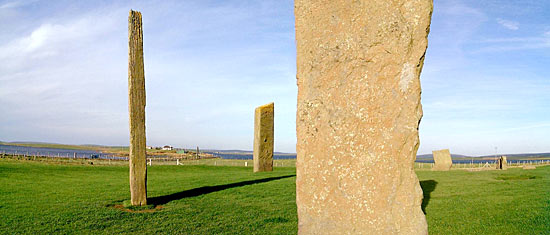
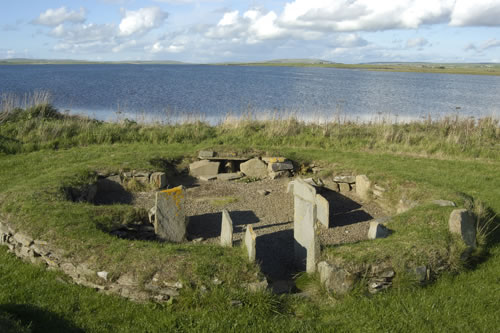
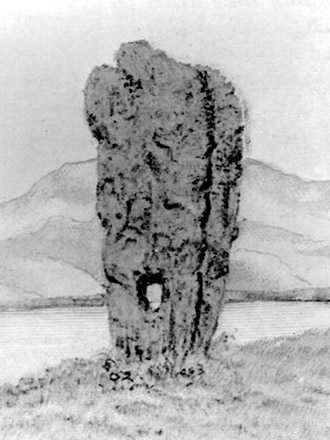
![How miracles of healing have been frequently wrought in the place where King Oswald was killed; and how, first, a traveller’s horse was restored and afterwards a young girl cured of the palsy [642 A.D.] | Book 3 | Chapter 9 How miracles of healing have been frequently wrought in the place where King Oswald was killed; and how, first, a traveller’s horse was restored and afterwards a young girl cured of the palsy [642 A.D.] | Book 3 | Chapter 9](https://www.gnosticwarrior.com/wp-content/plugins/contextual-related-posts/default.png)
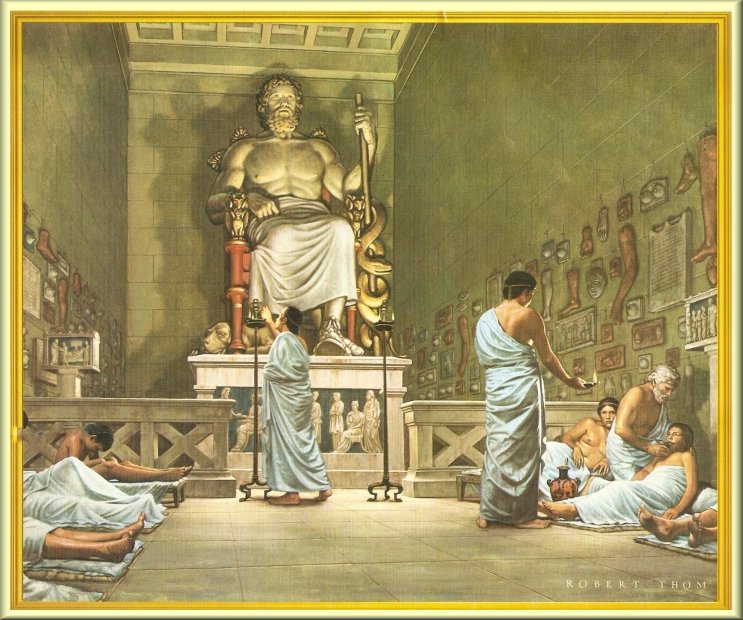
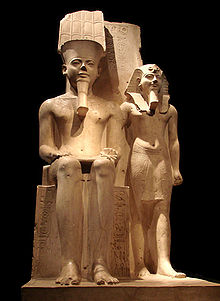
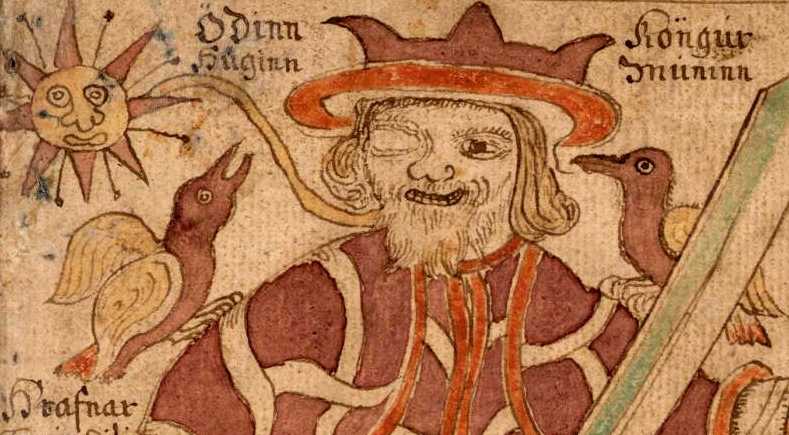
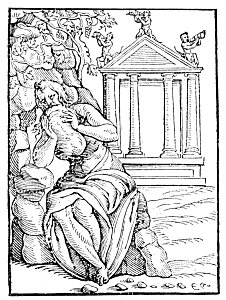
Hi Moe, I really enjoy your articles. You touch upon a great number of mysteries and I’m amazed at the great details and connections you make. Thank you for your writings. Re the stones, the following excerpt is from one of the Ringing Cedars of Russia books and is Anastasia’s explanation of why some standing stones were so revered. “…In those far-off times a few people were still left who had free access to wisdom of the Universe. They hoped that when mankind reached the point that the polluted air made it difficult to breathe and the water became dangerous to drink, and all its artificially created life-support systems – technological and social – proved themselves too awkward and more and more often only led to disastrous imbalances, mankind would start having second thought.
“People standing on the edge of an abyss will start thinking about what being is all about, they will start pondering the meaning of their existence and purpose. Then many of them will desire to understand the truth of their pristine origins, and this is possible – but only under the absolute condition that the abilities inherent in Man’s pristine origins be restored.
“Few of the people who lived ten thousand years ago still possessed these abilities. It was basically those heading up social groups, leaders of tribes. They began – or rather at their behest people began – to construct special facilities made of heavy stone slabs. These enclosed the interior chamber about one-and-a-half by two meters in area and two meters in height – sometimes more, sometimes less. The slabs were placed at a slight angle, leaning toward the centre at the top. Occasionally these chambers would be hewn out of a single monolith. Other chambers might be hidden underground and covered over by mounds of earth. On one of the walls of the chamber a cone-shaped opening was cut into the slab, approximately thirty centimeters in diameter and covered with a specially fitted stone plug.
“Into this tomb-chambers would go people who had not lost the ability to communicate with the wisdom of the Universe. Those still alive and even those who might be born thousands of years hence would be able to go to them and obtain answers to any questions that were of interest to man. This required sitting beside the chamber and meditating. Sometimes the answer would come right away, sometimes after a delay, but it would definitely come, since these structure and those that retreated into them served as an information receiver. Through them it was easier to communicate with the Great Intelligence of the Universe.
“Those stone structures are the prototypes of Egyptian pyramids… Only the pyramids don’t constitute nearly as powerful a receiver even so they are greater in size. … Immeasurably greater significance than the pyramids in terms of contact with the Mind of the Universe were the smaller stone structures which preceded them.
Why, Anastasia” I asked. “Because of the way they were constructed, their shape?”
“Because, Vladimir, living people retreated there to die. And their death was a most unusual one. They went into eternal meditation.”
What do you mean, living people? What for?
“To create for their descendants the possibility of bringing back the power of their pristine origins. An elderly person – as rule, one of the wiser leaders or founders of a tribe, sencing his end was near, would ask his relatives and family to place him in a stone chamber. If he were considered worthy they would grant his request.
“They would push away the heavy massive slab covering the top of the chamber. He would go into the stone chamber and the slab would be pushed back into place.
Inside, the man would be completely isolated from the external material world. His eyes would see nothing, his ears would hear nothing. Such complete isolation, the impossibility to of even entertaining a thought about going back, but not yet having crossed into the next world, the deactivation of the usual organs of feelings, sight and hearing, would open up the opportunity for full communication with the Mind of the Universe and the comprehension of many phenomena as well as of many of the actions of Earth-dwellers. Most important of all, they would be able to subsequently transmit what they had discovered to those still alive as well as to succeeding generations. Today you would call an approximation of such state of mind meditation. But that is merely child’s play in comparison with meditation in eternity.
“Afterward, people would come to this stone chamber, pull out the plug covering the opening, and begin thinking, mentally consulting with the thoughts lingering in the chamber. The spirit of wisdom was always there…
“But, Anastasia, by what means can you prove the existence of such structures to those of us living today, let alone the fact that people went into them for eternal meditation?”
“I can! That is why I am telling you.”
“Then how?”
“It is very simple. After all, these chambers made of stone – they still exist today. Today you call them dolmens. You can se them, and touch them. And you can verify everything I have told you.”
“What???” Where? Can you pinpoint their location?”
Yes, I can. In Russia, for example, in the Caucasus mountains, not far from the cities you now call Gelendzhik, Tuapse, Novorossiysk and Sochi.”
Extraction from Book 2 of The Ringing Cedar Series by Vladimir Megre, The Ringing Cedars of Russia.
These dolmens were virtually forgotten until this information came out. Now thousands of people visit them and for the reason noted above. I would love to visit some dolmens for the wisdom made available by these elders. I’m going to assume you didn’t know about Anastasia prior to your visits and “experiments”. However I have to admit I’m not impressed and I highly recommend that you read the Ringing Cedars Series before you return to the dolmens.
azureangel is offline “